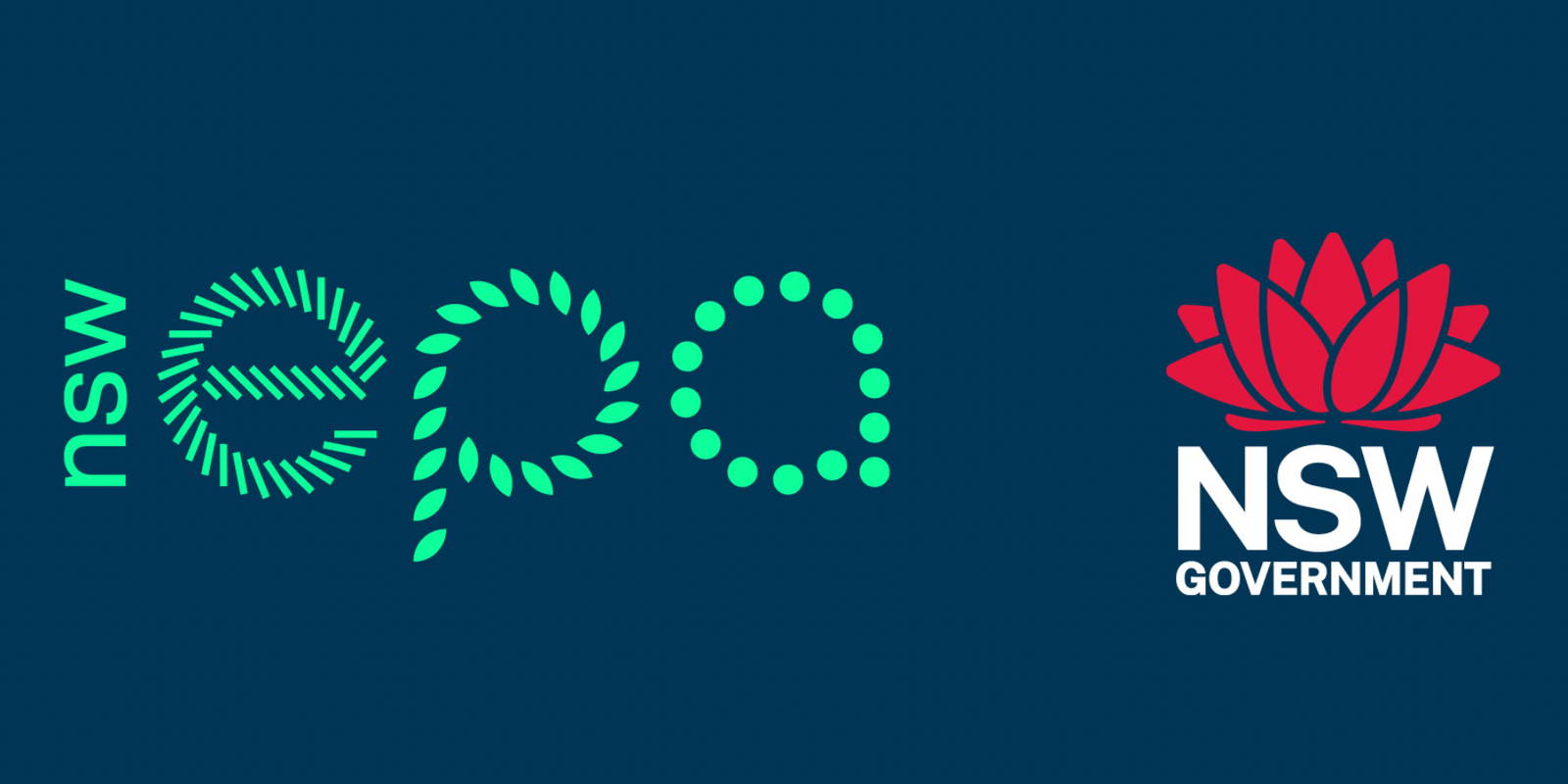In the evolving landscape of renewable energy, the Institute for Sustainable Futures (ISF) spearheads a groundbreaking initiative to propel the transition to a circular economy for solar panels and energy storage batteries. This work forms part of our project, PV Industries: Circular Solar Trial, funded by the NSW Environment Protection Authority.
1. The Challenge Ahead
As Australia faces the impending end-of-life phase for a considerable number of rooftop solar PV systems, the need for strategic circular economy strategies becomes paramount. Without proper measures, waste volumes from retired solar PV systems could surge to alarming levels by 2040. The potential waste crisis necessitates urgent adoption of circular economy practices to reuse and recycle panels and components, mitigating environmental impacts and steering Australia towards a sustainable future.
2. Government Investment for Change
Recognizing the urgency, the NSW Government has committed a $10 million fund to facilitate the state's transition to a circular economy for renewable energy sources. This financial support underscores the commitment to building sustainable supply chains and reducing the ecological footprint associated with the renewable energy sector.
3. Research Insights
As part of a comprehensive project led by PV Industries and funded by the NSW Environment Protection Authority, ISF conducted groundbreaking research with three key outputs:
Material Flow Analysis
An up-to-date material flow and spatial model to estimate resource recovery potential in Australia.
Industry Survey
A comprehensive survey of approximately 50 installers to understand decommissioning and end-of-life management practices.
Expert Interviews
Interviews with industry, policy, and academic experts to evaluate reuse market opportunities and identify barriers and enablers.
4. The Path to Circular Economy
Establishing a circular economy for PV systems involves transformative changes across the supply chain. This includes promoting circular design and manufacturing, maximizing product lifetimes through maintenance and repair, instituting high-value recycling, and minimizing landfilling.
5. Opportunities and Challenges
The research underscores the significant opportunity for PV system reuse in Australia. However, challenges lie in an under-developed domestic second-hand market and an unregulated export market to low- and middle-income regions. This poses a risk of exporting a waste problem if destination countries lack the infrastructure to manage these products at the end of their lifecycle.
6. Enabling Reuse Pathways
To unlock the potential of reuse pathways, the research emphasizes the need to:
Standards Development
Establish definitions and criteria for reusability, and develop new standards for repairing and testing second-hand systems.
Customer Assurance
Provide information and assurances for customers purchasing second-hand systems.
Logistics Solutions
Ensure emerging reverse logistics solutions are designed to facilitate reuse.
Financial Incentives
Develop new financial incentives for repaired and tested systems to be cost-competitive.
As we stand at the forefront of sustainable energy practices, embracing circular economy principles for PV systems is not just a choice; it is a necessity. Through collaborative efforts, informed policymaking, and strategic investments, we can usher in a future where renewable energy technologies contribute to a circular and sustainable economy. The journey has begun, and the destination promises a cleaner, greener, and more resilient tomorrow.




